Susannah Lai & Alex Vipond
This panel was moderated by Peter Hayes and featured Michael Biercuk (USYD/Q-Ctrl), David Moehring (IonQ) and Jacqui Romero (University of Queensland).
Michael Biercuk
Biercuk’s mission is to create the control systems necessary to manage the instability and de-coherence of quantum systems by developing firmware that can work across different quantum systems. His company Q-Ctrl seeks to solve quantum computers’ biggest hardware problem, decohering qubits. Classical computers have negligible error rates. Current quantum machines however have a near 1 in 1000 chance of error. In a 1000 qubit machine this could cause fatal errors after a single computation.
Biercuk used the classical analogy of dynamic random access memory or D-RAM which refreshes the memory on a computer circuit to make sure the data isn’t lost. D-RAM’s ability to work with the system, rather than needing to be specifically engineered into it, means it is incredibly cheap to mass produce. Quantum error correction, the algorithmic method of preventing decoherence is exceptionally expensive. It is needed to build big quantum systems but it can take a 1000 to 1 ratio of qubits to correctly encode a qubit capable of running large algorithms. With Q-Ctrl’s firmware this can be reduced to fifty qubits or less and reduce errors. By providing this control, scientists will be able to explore the fully theorised potential of quantum systems improving their utility, value and practicality.
David Moehring
Moehring set out to explain the practicalities of quantum computer construction. He explained the benefits of his method, using ion traps vs. superconductors. Ion trap quantum machines have the capacity to be rewired as necessary (unlike hard wired superconducting computers) giving them increased flexibility when applying algorithms.
He pointed out that whilst the notion of quantum supremacy helps explain things to the public, a numerical race simply to add more qubits does not account for the complexity of getting them to work efficiently and represents only a tiny step in the race to build practical quantum computers. At IonQ, his team focus on maximizing connectivity and the performance of individual ions. They utilise a method known as photonic conduction to organize ions to improve their efficiency.
Scalability via photonic networking is crucial to building smaller machines of a practical size that can operate the hundreds of qubits necessary to tackle serious problems. IonQ is able to achieve this with ion traps. These qubits are, in the words of Nobel Laureate Bill Phillips, as different from classical bits as computers are from the abacus, if not more so because of their radical method of computation. Moehring stated that whilst the character of the problems humans are trying to solve (e.g. P and NP) has not changed, the character of the solution fundamentally has, with quantum computation.
Jacqui Romero
Romero specialises in higher dimensional quantum information. Her research focuses on the possibility of multi-state information carriers beyond the qubit (two states at once) and into theories of qutrits and qudits (three and four states). While in photonics qubits are represented as polarisations of light, Romero is investigating a different property, the shape of light: transverse spatial modes. This property could be used to pack more information into single photons.
This led to the question: is it possible to break causal order in quantum physics? If you eat too much and then feel sick there is an implicit time order to these events. However, Romero is investigating whether it is possible to break this order of events to try and find a unifying theory between general relativity and quantum mechanics. Do they share indefinite causal relationships in reality?
This is useful because if indefinite order can be established, it can used to solve the specific problem of commutativity and anti-commutativity. If this can be solved, multiple questions can be asked of the same system at the same time. It can also clean up information channel depolarisation to extract useable information. This could be used to extend the length of quantum communication channels.
Romero finished with a simple but elegant analogy. Which comes first, the chicken or the egg? You don’t have choose, they both do.

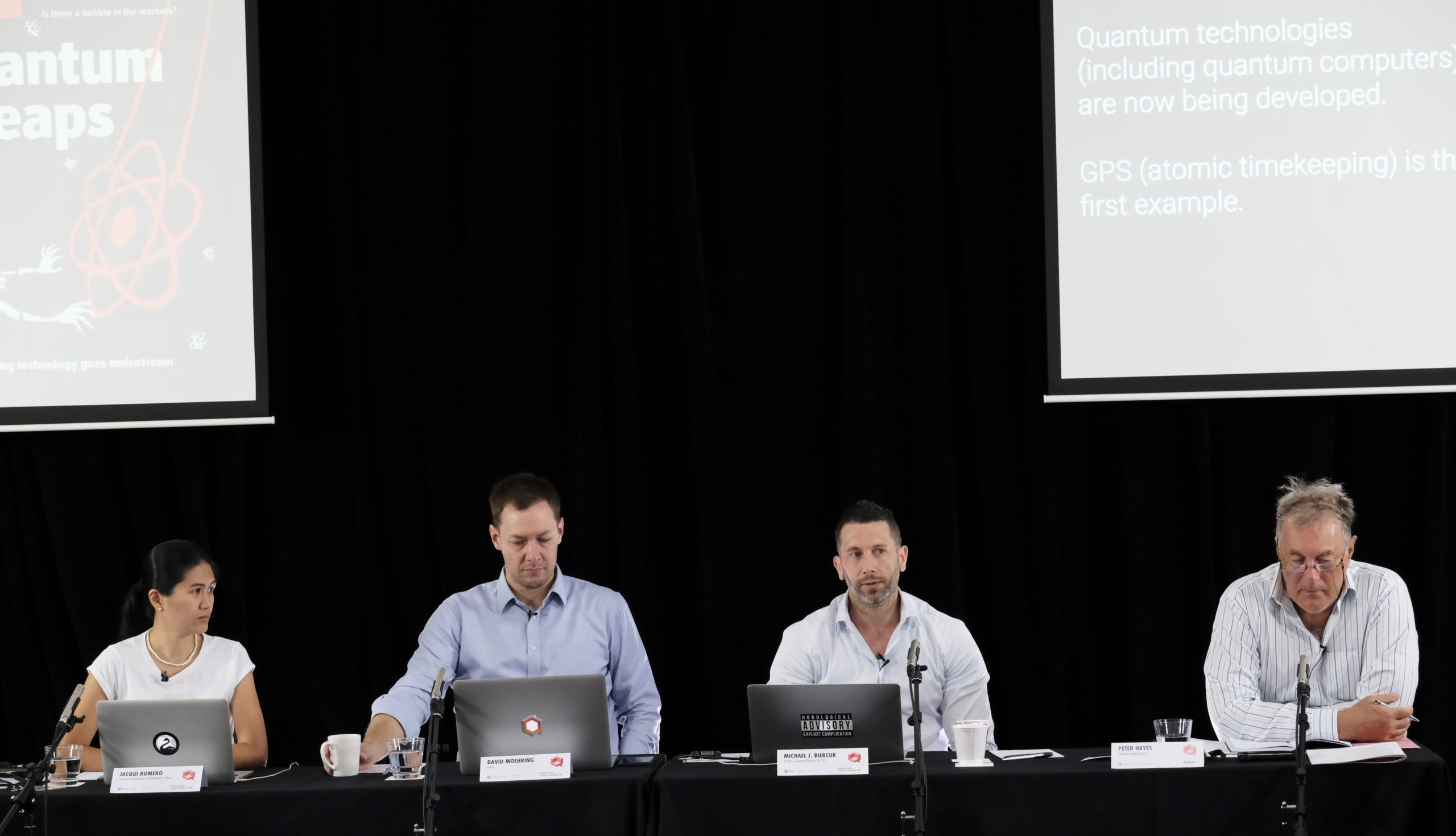
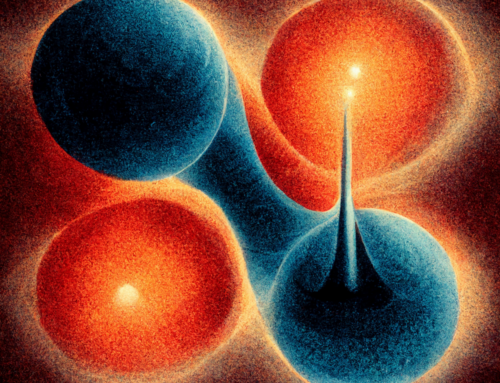
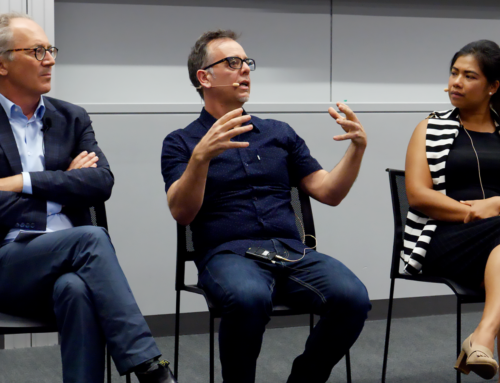
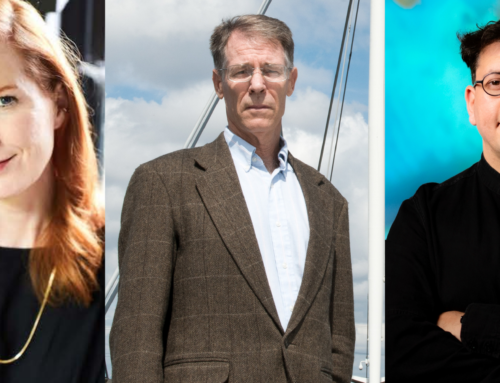

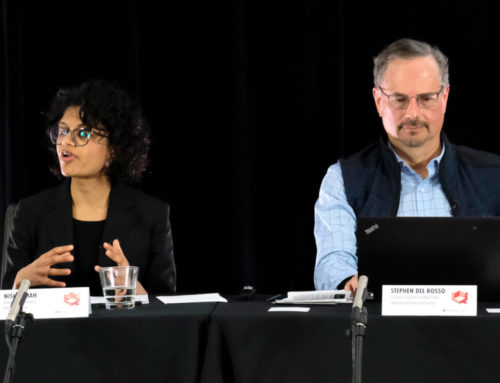
Leave a Reply